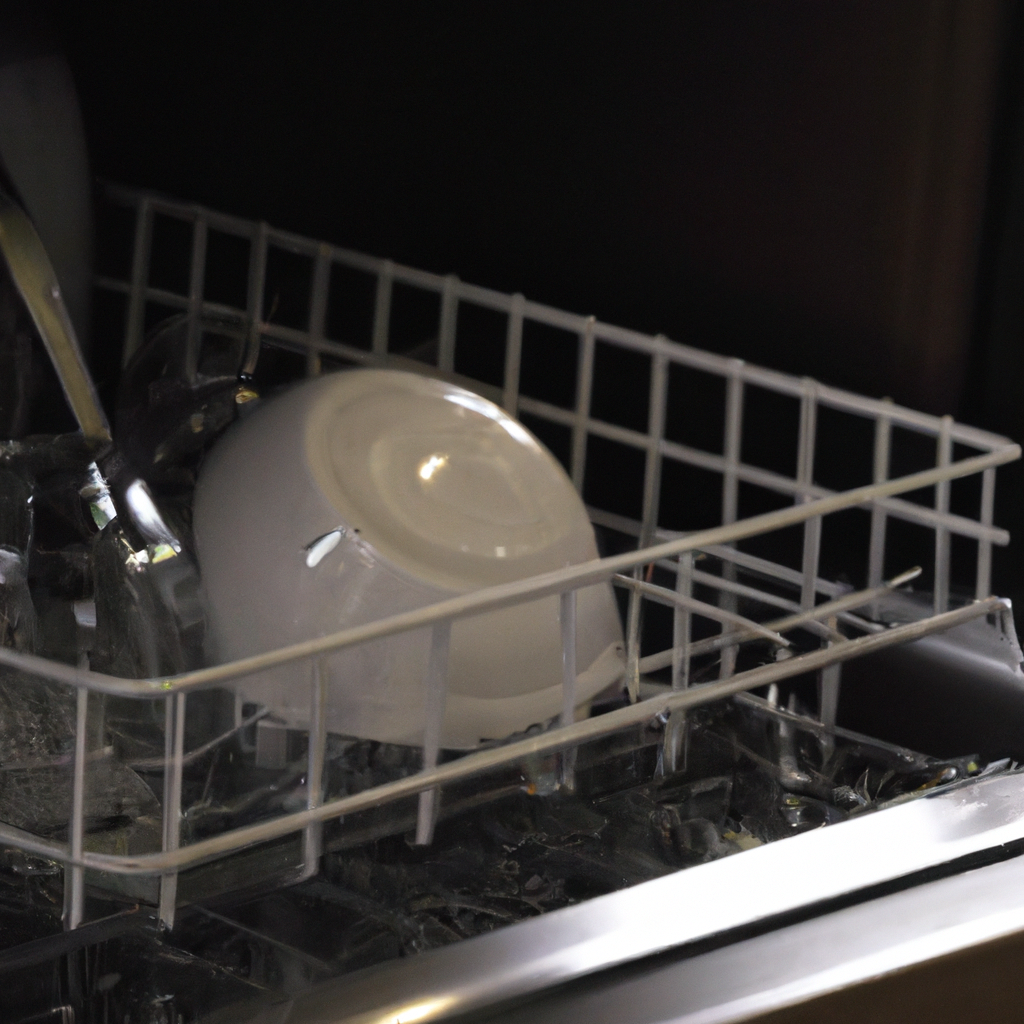A dishwasher is one of the most popular kitchen appliances used for cleaning dishes. It is a dishwashing machine that uses advanced technology and mechanisms to clean dishes effectively. Many people wonder how a dishwasher cleans dishes, and this article will provide a detailed explanation of the dishwasher process and mechanisms.
Dishwasher Process
The dishwasher process consists of several stages that ensure thorough cleaning of dishes. These stages include:
- Pre-rinse: In this stage, excess food particles are removed from the dishes by rinsing them with water. It is essential to remove large food particles before placing the dishes in the dishwasher to prevent clogging of the machine’s filters.
- Detergent Dispensing: The dishwasher’s detergent dispenser releases the detergent at the appropriate time during the wash cycle. The detergent removes grease and food particles from the dishes.
- Wash Cycle: The wash cycle is where the dishwasher’s cleaning mechanism comes into play. The dishwasher sprays hot water mixed with detergent onto the dishes, ensuring thorough cleaning.
- Rinse Cycle: After the wash cycle, the dishwasher rinses the dishes with clean water to remove any remaining detergent and food particles.
- Drying Cycle: The dishwasher uses heat or a fan to dry the dishes after the rinse cycle.
Dishwasher Mechanism
The dishwasher mechanism consists of various components that work together to ensure effective dish cleaning. These components include:
- Spray Arms: The dishwasher has two or more spray arms that rotate and spray water onto the dishes. The spray arms have small holes that allow water to flow out and clean the dishes.
- Filters: The dishwasher has filters that trap food particles and other debris from the wash water. The filters prevent the dishwasher’s pump and spray arms from clogging.
- Pump: The dishwasher’s pump circulates water through the spray arms and filters during the wash cycle.
- Heating Element: The dishwasher has a heating element that heats the water to the desired temperature, ensuring thorough cleaning of dishes.
- Detergent Dispenser: The dishwasher’s detergent dispenser releases the detergent at the appropriate time during the wash cycle.
Advancements in Dishwasher Technology
Over the years, dishwasher technology has advanced, resulting in more efficient and effective dish cleaning. Some of the advancements in dishwasher technology include:
- Energy Efficiency: Modern dishwashers are designed to be energy-efficient, reducing water and energy consumption.
- Sensor Technology: Some dishwashers have sensors that detect the level of dirt on the dishes and adjust the wash cycle accordingly. This ensures that the dishes are not over-washed or under-washed.
- Noise Reduction: Modern dishwashers are designed to be quieter than their predecessors, making them more convenient to use.
- Smart Features: Some dishwashers have smart features that allow them to be controlled remotely using a smartphone or tablet.
Conclusion
In conclusion, a dishwasher is a kitchen appliance that uses advanced technology and mechanisms to clean dishes effectively. The dishwasher process consists of several stages, including pre-rinse, detergent dispensing, wash cycle, rinse cycle, and drying cycle. The dishwasher mechanism consists of various components, including spray arms, filters, pump, heating element, and detergent dispenser. Advances in dishwasher technology have resulted in more efficient and effective dish cleaning, making dish cleaning more convenient and less time-consuming.







